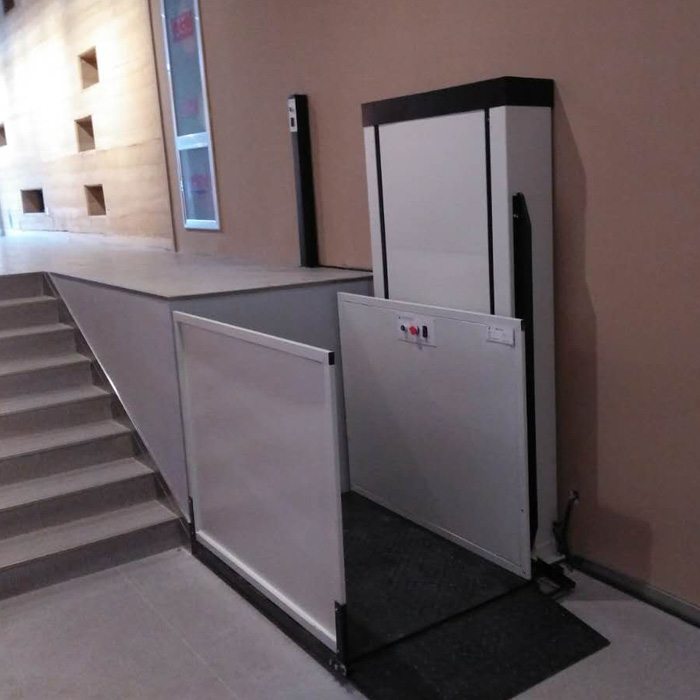
Vertical platform lifts are a valuable tool in improving accessibility for individuals with mobility challenges. These lifts provide a safe and efficient way for people with disabilities to move between different levels of a building, such as a wheelchair user accessing a raised platform or a person with limited mobility using a lift to reach a different floor.
One of the main benefits of vertical platform lifts is that they allow individuals with mobility challenges to navigate spaces that may otherwise be inaccessible to them. This can include accessing buildings that have stairs or uneven terrain, as well as enabling individuals to move between different levels of a building without needing to rely on assistance from others.
Vertical platform lifts also promote independence for individuals with disabilities. By providing a reliable means of vertical transportation, these lifts enable people to navigate their surroundings more freely and without needing to rely on others for assistance. This can have a significant impact on an individual’s sense of autonomy and empowerment, allowing them to participate more fully in a range of activities and environments.
Additionally, vertical platform lifts can improve safety for individuals with mobility challenges. By providing a secure and stable platform for users to transfer between different levels, these lifts can help to prevent accidents and injuries that may occur when individuals attempt to navigate stairs or other barriers without assistance. This can also reduce the risk of falls, which are a common concern for individuals with limited mobility.
